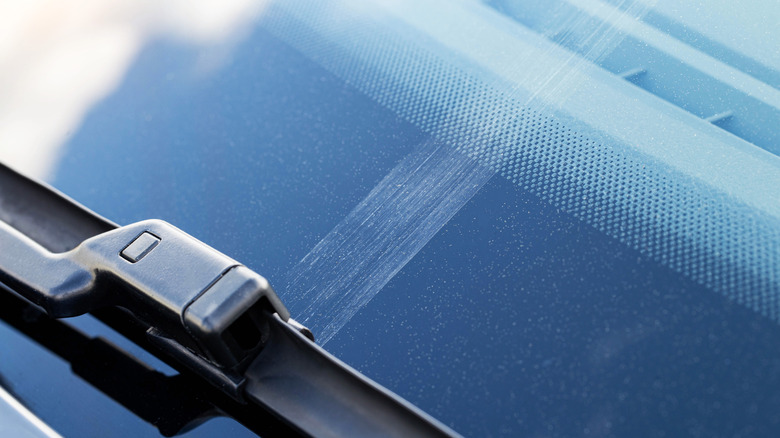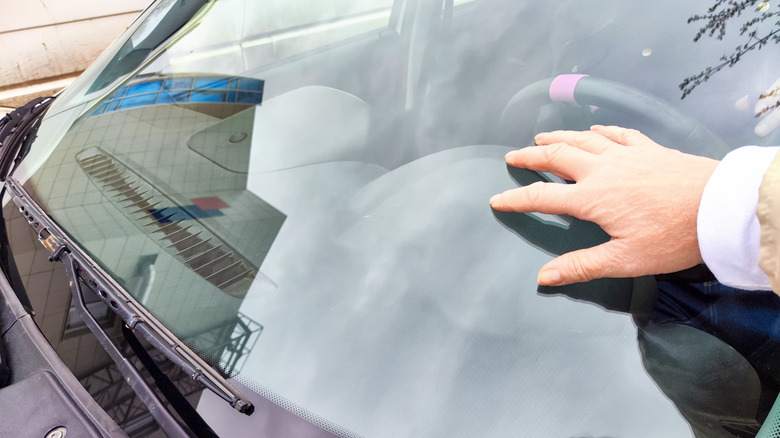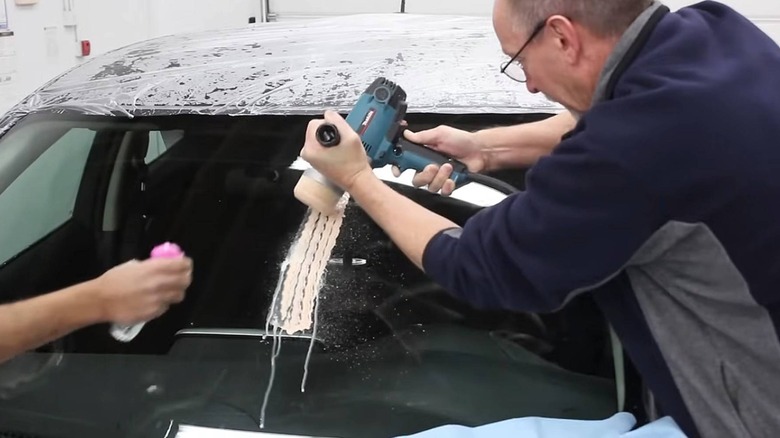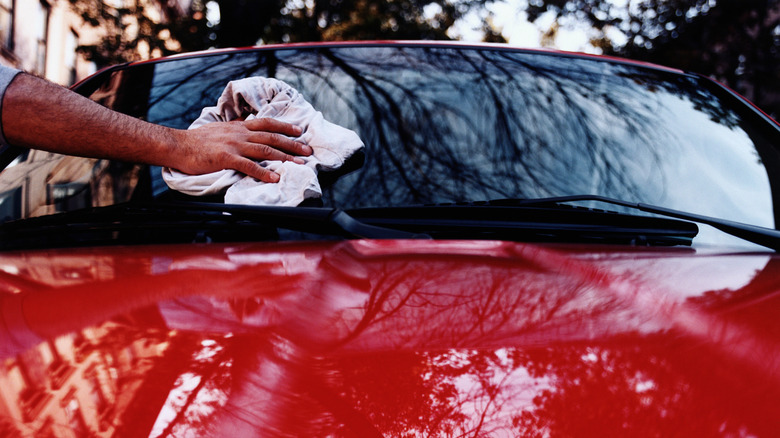How To Remove Wiper Scratches From Your Car's Windshield
Ever noticed those scratches on your windshield and wondered if they seem to be getting worse every time you use your wipers? Wiper scratches may seem like a minor annoyance at first, but they can greatly interfere with visibility, especially when light reflects off them at certain angles. They can affect visibility when driving at night or during wet weather. And, if left unchecked, these marks can worsen over time.
These scratches often occur due to worn-out wiper blades dragging against the glass or dry wiping without fluid. On top of that, grit and debris trapped between the wiper blades and the glass can essentially act like sandpaper, creating scratches over time. The good news? If the damage is minor, you can remove these scratches with the right approach.
However, not all DIY methods are effective. Some can even make the damage worse. For instance, while toothpaste and baking soda are often suggested, they aren't abrasive enough to remove scratches from glass. However, one of the most effective solutions is cerium oxide. This is a professional-grade polishing compound designed for glass restoration. But, before attempting any fix, you should assess the depth of the scratch. This will help you choose the right method to restore your windshield's clarity without causing further harm.
The difference between a light and deep wiper scratch
Not all wiper scratches are the same; some are minor marks, while others run deeper. Light scratches are often subtle and only visible in certain lighting conditions. They don't create a rough texture. If you're dealing with light wiper scratches, cerium oxide polishing is your best option for restoring your windshield. On the other hand, deep scratches are much more noticeable; they may distort your vision, especially in bright sunlight or at night. You'll need a professional glass repair specialist, and if the scratch is severe enough, a full windshield replacement may be necessary.
A simple fingernail test is the quickest way to assess the severity of a scratch. First, clean and dry the area to remove any dirt that could interfere with the test. Then, lightly drag your fingernail across the scratch. If it moves smoothly, it's a surface-level issue that can be polished away. However, if your nail snags or catches, the scratch is deeper. At this point, DIY methods won't suffice.
When using the fingernail test, be careful not to apply too much pressure, as this could worsen the scratch. Attempting to buff out a deep scratch with DIY methods can sometimes make things worse. If you're uncertain about the depth of the scratch, it's always best to consult a professional glass repair specialist. They can accurately assess the damage and recommend the appropriate repair method.
How to remove wiper scratches use cerium oxide
The cerium oxide polishing method works by gently buffing out imperfections with a fine polishing compound, which leaves your glass clear. Before you begin, you will need a cerium oxide compound, a microfiber cloth, and a glass polishing wheel or pad.
To get started, mix two parts of cerium oxide with one part of warm water in a small bowl to create a thick paste. Stir thoroughly to ensure an even consistency. Once ready, apply the paste directly onto the scratch area using a polishing head or wheel. When polishing, avoid using the flat surface of the wheel. Instead, use its corners for better precision. Move the polishing tool up and down along the scratch to ensure even coverage. While polishing, keep an eye on the paste's moisture level. If it starts to dry out, lightly mist the area with water to maintain its effectiveness.
After polishing the scratch, wipe away the excess compound with the microfiber cloth and inspect the windshield. If the scratch is still visible, simply repeat the process — reapply the paste and continue polishing until the scratch disappears. This method requires patience, but if done correctly, polishing the scratch with cerium oxide can restore your windshield's clarity. However, if the scratch remains despite multiple attempts, it may be too deep for DIY repair. In this case, you'll need to ask for expert help.
Precautions & how to prevent future wiper scratches
While using cerium oxide is an effective solution, it only works on light surface scratches. Before polishing the scratches away, always test it on a hidden area first. This ensures it won't cause additional damage, especially since some windshields have specialized coatings like silicones and ceramics. Additionally, avoid applying too much pressure while polishing.
To keep your windshield scratch-free in the future, maintain it properly. Regularly inspect, clean, and protect your windshield from chips, cracks, or scratches. Choose the right windshield cleaning products and steer clear of harsh or abrasive cleaners, as they can introduce tiny scratches that accumulate over time. When cleaning your windshield, use a soft-bristle brush or microfiber cloth to safely remove debris without grinding dirt into the glass. Also, replace your wiper blades regularly, about every six to twelve months, depending on the usage and weather conditions. If they show signs of wear, such as streaking or skipping, replace them before they cause damage.



